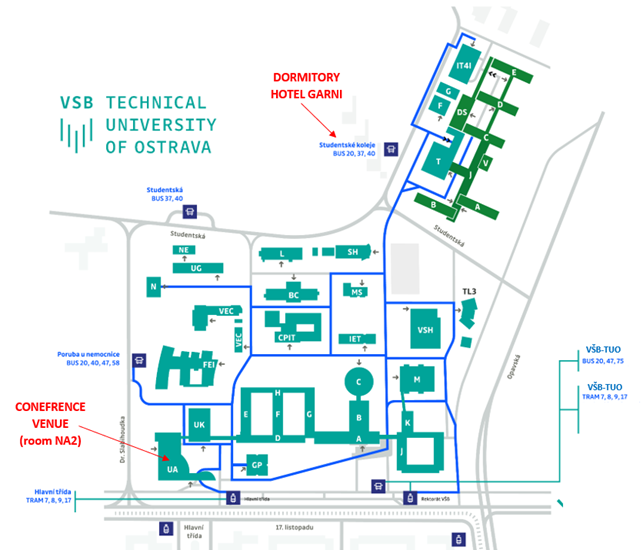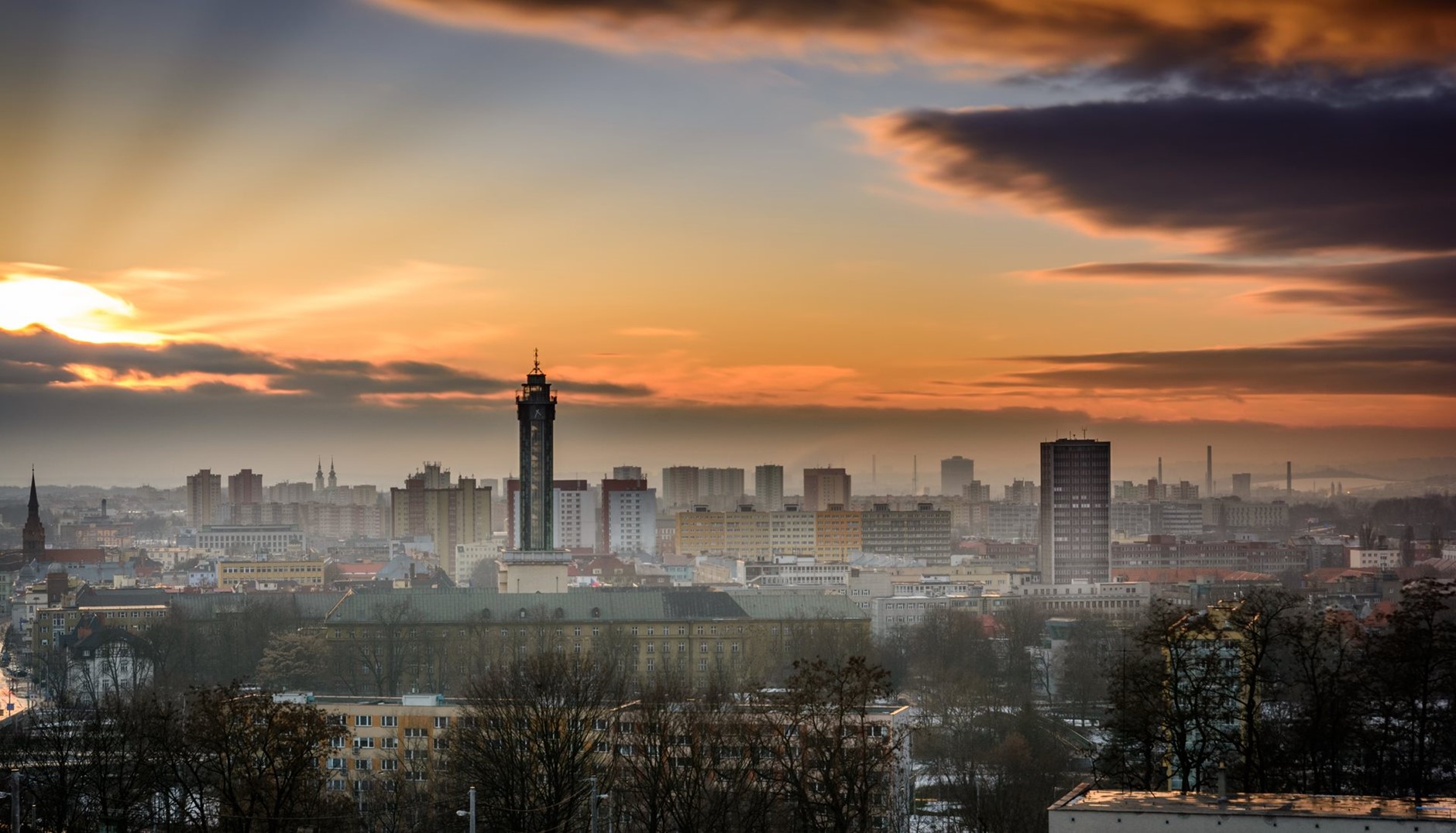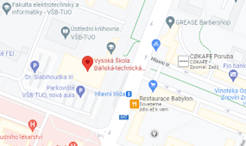
Ostrava, Czech Republic
Lies in the northeast of the Czech Republic is the capital of the Moravian-Silesian Region named Ostrava. About 290 000 people call it home. The city is located at the confluence of the Oder, Opava, Ostravice, and Lučina rivers, which is 15 kilometers from the Polish border. It is the largest city in the historical land of the Czech Silesia region and the third largest city in the Czech Republic in both population and area.

Ostrava was at the heart of a major coalfield, which made it become an important industrial engine of the Austrian empire. In the 20th century, Ostrava was well-known as the "steel heart" of Czechoslovakia, thanks to its position as a coal-mining and metallurgical center. Since the Velvet Revolution (1989), the city has undergone thorough and far-reaching changes to its economic base. The industries in the region have been radically restructured as 1994 was the year the last coal was mined. Nevertheless, the remnants of the industrial past of the city can still be seen in the Dolní Vítkovice area. The area served as a complex of coal-mining, coke-producing, and iron-working in the city center. Dolní Vítkovice has applied for inclusion in the UNESCO World Heritage List.
Moreover, in Ostrava, there are various cultural facilities, such as theatres and galleries. Various cultural and sporting events take place in the city throughout the year, including the music festival Colours of Ostrava, the classical music festival Janáček May, the Summer Shakespeare Festival, and NATO Days. The city is the home of two public universities: the VSB - Technical University of Ostrava and the University of Ostrava. In 2014 Ostrava was a European City of Sport. The city co-hosted (with Prague) the Ice Hockey World Championships in 2004 and 2015.
The conference is organized online for virtual participation and on the VSB-TUO campus for physical attendance.
